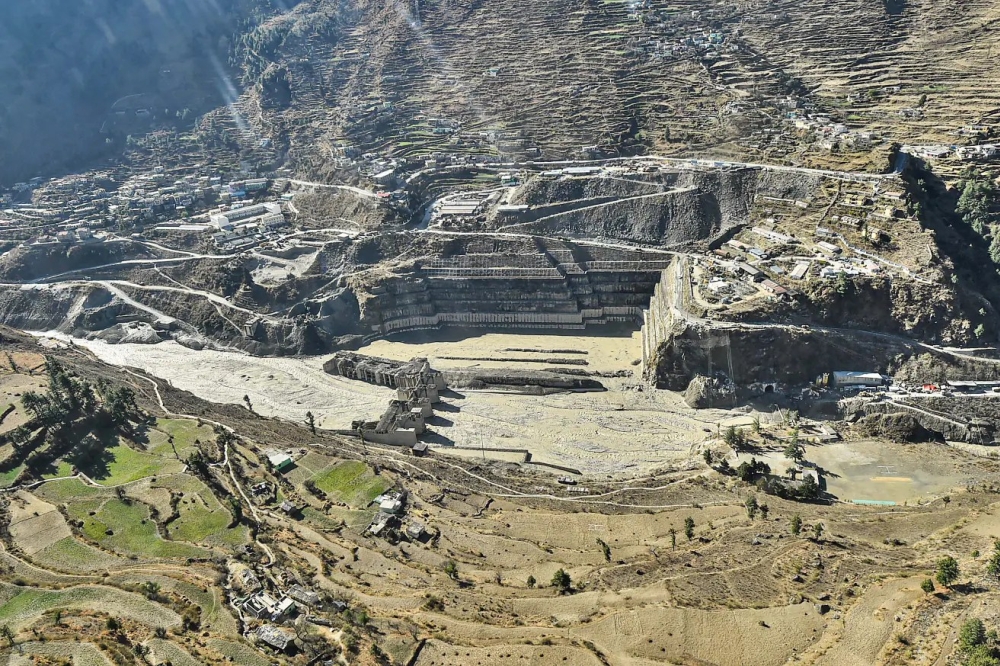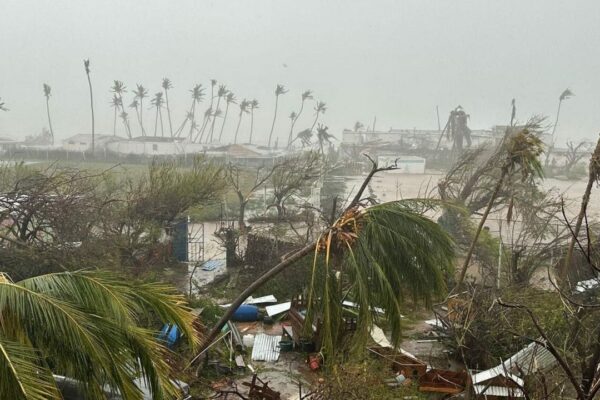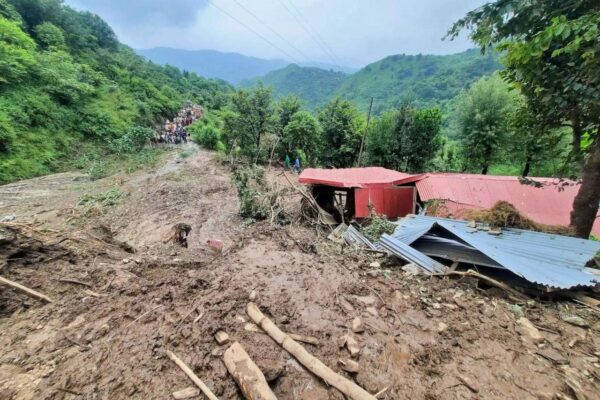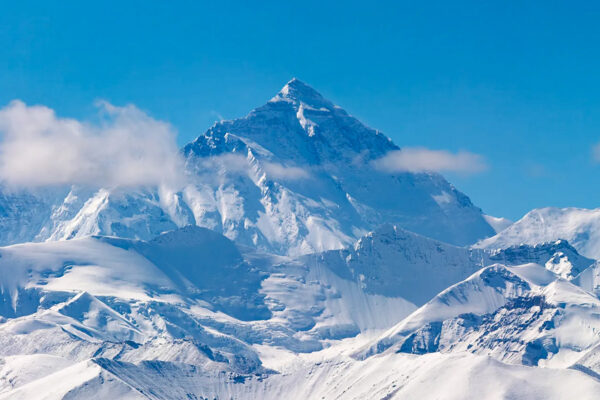Avalanche Death Toll in Chamoli, Uttarakhad Reaches 13
The total death toll due to a massive avalanche in the Chamoli district near the Indo-China border has now reached 13, officials said on Monday.
Ten bodies were recovered on April 24 while one more dead body was recovered on April 25. Two more dead bodies have been recovered on Monday. The rescue operation is still underway. Superintendent of Police (SP) Chamoli Yashwant Singh and District Magistrate (DM) Swati S. Bhadauriya have been monitoring the rescue operations since April 24.

A massive avalanche has killed around 13 persons in Uttrakhand’s Chamoli district | Image: PTI
A massive avalanche hit Sumna at Sumna-Rimkhim road located in Chamoli district around 4:00 pm on Friday (April 24), killing 13 persons and injuring seven laborers. Army personnel safely rescued about 384 laborers by night. On Saturday, two helicopters from the army were deployed in the affected area and the injured were brought by helicopter to Army Hospital Joshimath.
On February 7, around 80 persons were killed while 126 went missing after a glacier burst in Chamoli. The glacier then collapsed at Joshimath, a city in Chamoli district that triggered a massive flood in the Alaknanda river system. As a result, the upper reaches of the ecologically fragile Himalayas witnessed large-scale devastation.
Indian Meteorological Department (IMD), Director General, M Mohapatra said,
An active western disturbance was passing over the region and it brought both rainfall and heavy snowfall in the upper reaches of the western Himalayas including Uttarakhand.
As per IMD, a fresh western disturbance is very likely to affect the Western Himalayan region from April 27. This western disturbance is expected to cause isolated rainfall and snowfall along with thunderstorms and gusty winds from April 27 to 30 in Jammu, Kashmir, Ladakh, Gilgit, Baltistan, Muzaffarabad, Uttarakhand, and Himachal Pradesh.
The changing climatic conditions and rising temperatures have disrupted this ecologically fragile region, which has resulted in various natural disasters.
Via: News 18


